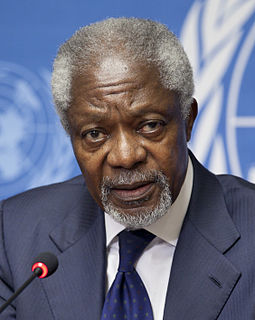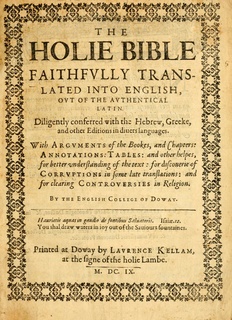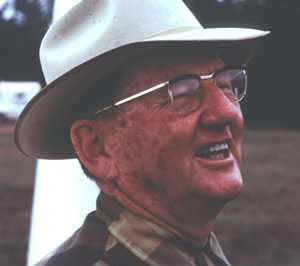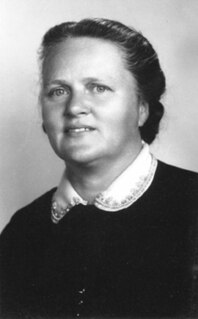This biography of a living person needs additional citations for verification .(May 2010) (Learn how and when to remove this template message) |
Ramón Piaguaje (born 1962 in the [Cuyabeno Reserve] in the Amazon rainforest, Ecuador), is the son of Cecilio Piaguaje, the Chief of the Secoya Indians. He lives with his wife and four children deep in the rainforest in Secoya territory, close to the Aguarico River. From an early age, he drew the rainforest with his fingers in the sand and later worked with black ink on paper. The young man who has captured the attention of the art world was first encouraged in his efforts by Orville and Mary Johnson, Wycliffe Bible Translators working in his village. [1] The discovery of colored pencils at the evangelical missionary school he later attended enabled him to further develop his talent. [2]

The Amazon rainforest, also known in English as Amazonia or the Amazon Jungle, is a moist broadleaf forest in the Amazon biome that covers most of the Amazon basin of South America. This basin encompasses 7,000,000 km2 (2,700,000 sq mi), of which 5,500,000 km2 (2,100,000 sq mi) are covered by the rainforest. This region includes territory belonging to nine nations. The majority of the forest is contained within Brazil, with 60% of the rainforest, followed by Peru with 13%, Colombia with 10%, and with minor amounts in Venezuela, Ecuador, Bolivia, Guyana, Suriname and France. States or departments in four nations contain "Amazonas" in their names. The Amazon represents over half of the planet's remaining rainforests, and comprises the largest and most biodiverse tract of tropical rainforest in the world, with an estimated 390 billion individual trees divided into 16,000 species.

Ecuador, officially the Republic of Ecuador, is a country in northwestern South America, bordered by Colombia on the north, Peru on the east and south, and the Pacific Ocean on the west. Ecuador also includes the Galápagos Islands in the Pacific, about 1,000 kilometres (620 mi) west of the mainland. The capital city is Quito, which is also the largest city.

The Aguarico River is a river in northeastern Ecuador. It is the main river of the Sucumbíos province. In the last part of its course it is the Ecuadorian-Peruvian border. It empties into the Napo River. It has a length of 390 km (240 mi), of which the last 50 km (31 mi) of its course extend along the natural border between Ecuador and Peru. The lower course of the Aguarico River was finalized and legally fixed as part of the long-disputed Ecuador-Peru frontier according to The Rio de Janeiro Protocol of 1942. Ecuador unilaterally denounced the protocol in 1960, however a new agreement was signed in 1999 validating the pre-existing protocol.
In 1993, an American anthropologist, William Vickers, who had been studying the Secoya Indians for many years, spotted him drawing and recognised the quality of his work. He gave him some tubes of oil paints and encouraged him to paint in colour, something which Ramón Piaguaje had been unaware it was possible to do. He spent months experimenting with the colours he had, attempting to replicate the extraordinary range of colours to be found in the trees, flowers, and wildlife around him. Within a year he had developed an astonishing eye and memory for colour. William Vickers helped to organise an exhibition of his work at the Catholic University in Quito, Ecuador.

Quito is the capital and the largest city of Ecuador, and at an elevation of 2,850 metres (9,350 ft) above sea level, it is the second-highest official capital city in the world, after La Paz, and the one which is closest to the equator. It is located in the Guayllabamba river basin, on the eastern slopes of Pichincha, an active stratovolcano in the Andes Mountains.
This section of a biography of a living person does not include any references or sources .(May 2011) (Learn how and when to remove this template message) |
His painting "Eternal Amazon" was selected from over 22,000 entries by professionals and amateur artists from 51 countries won the first prize of the United Nations Millennium Art Exhibition in aid of UNICEF - "Our World in the Year 2000." [3]

The United Nations Children's Fund (UNICEF), originally known as the United Nations International Children's Emergency Fund, was created by the United Nations General Assembly on 11 December 1946, to provide emergency food and healthcare to children and mothers in countries that had been devastated by World War II. The Polish physician Ludwik Rajchman is widely regarded as the founder of UNICEF and served as its first chairman from 1946 to 1950, when he had to flee the United States in the wake of McCarthyism. Rajchman is to this day the only person that served as UNICEF's Chairman for longer than 2 years. On Rajchman's suggestion, the American Maurice Pate was appointed its first executive director, serving from 1947 until his death in 1965. In 1950, UNICEF's mandate was extended to address the long-term needs of children and women in developing countries everywhere. In 1953 it became a permanent part of the United Nations System, and the words "international" and "emergency" were dropped from the organization's name, though it retained the original acronym, "UNICEF".
When the elderly missionary couple, Orville and Mary Johnson, heard about the exhibit at the United Nations, they decided to surprise the South American artist. They entered the exhibition hall and found Ramon surrounded by many people. As he looked beyond his admiring fans, he saw the Johnsons and began to cry. They hugged and wept for several moments. In Secoya, Ramon repeated over and over to Orville and Mary, "You are the ones that should be honored, not me…for you came to give us the gospel, and I believe that is why I now can be here." [4]
Since then, he has met the Prince of Wales, who was patron of the event, and the secretary general of the United Nations Kofi Annan, and "Eternal Amazon" has been viewed by ambassadors, artists, dignitaries, and members of the press and public from around the world.

Charles, Prince of Wales is the heir apparent to the British throne as the eldest child of Queen Elizabeth II. He has been Duke of Cornwall and Duke of Rothesay since 1952, and is the oldest and longest-serving heir apparent in British history. He is also the longest-serving Prince of Wales, having held that title since 1958.

The United Nations (UN) is an intergovernmental organization that was tasked to maintain international peace and security, develop friendly relations among nations, achieve international co-operation and be a centre for harmonizing the actions of nations. The headquarters of the UN is in Manhattan, New York City, and is subject to extraterritoriality. Further main offices are situated in Geneva, Nairobi, Vienna and The Hague. The organization is financed by assessed and voluntary contributions from its member states. Its objectives include maintaining international peace and security, protecting human rights, delivering humanitarian aid, promoting sustainable development and upholding international law. The UN is the largest, most familiar, most internationally represented and most powerful intergovernmental organization in the world. In 24 October 1945, at the end of World War II, the organization was established with the aim of preventing future wars. At its founding, the UN had 51 member states; there are now 193. The UN is the successor of the ineffective League of Nations.

Kofi Atta Annan was a Ghanaian diplomat who served as the seventh Secretary-General of the United Nations from January 1997 to December 2006. Annan and the UN were the co-recipients of the 2001 Nobel Peace Prize. He was the founder and chairman of the Kofi Annan Foundation, as well as chairman of The Elders, an international organization founded by Nelson Mandela.
When he won he commented: ‘I entered the competition because I wanted to deliver a message to the rest of the world about the importance of keeping this “lung of the world” free from pollution and destruction. I paint what I see and where I live. It is a beautiful, positive, and peaceful way of showing my world. The forest is all we have. I hope that when people see my picture, they do not just look at my art, but realise that it is their obligation to help to preserve the Amazon rainforest. My tribe, the Secoyas, have lived in these forests for thousands of years and to see a tree fall is like seeing a loved one die. We need the world to help us to protect the rainforest’. [5]











